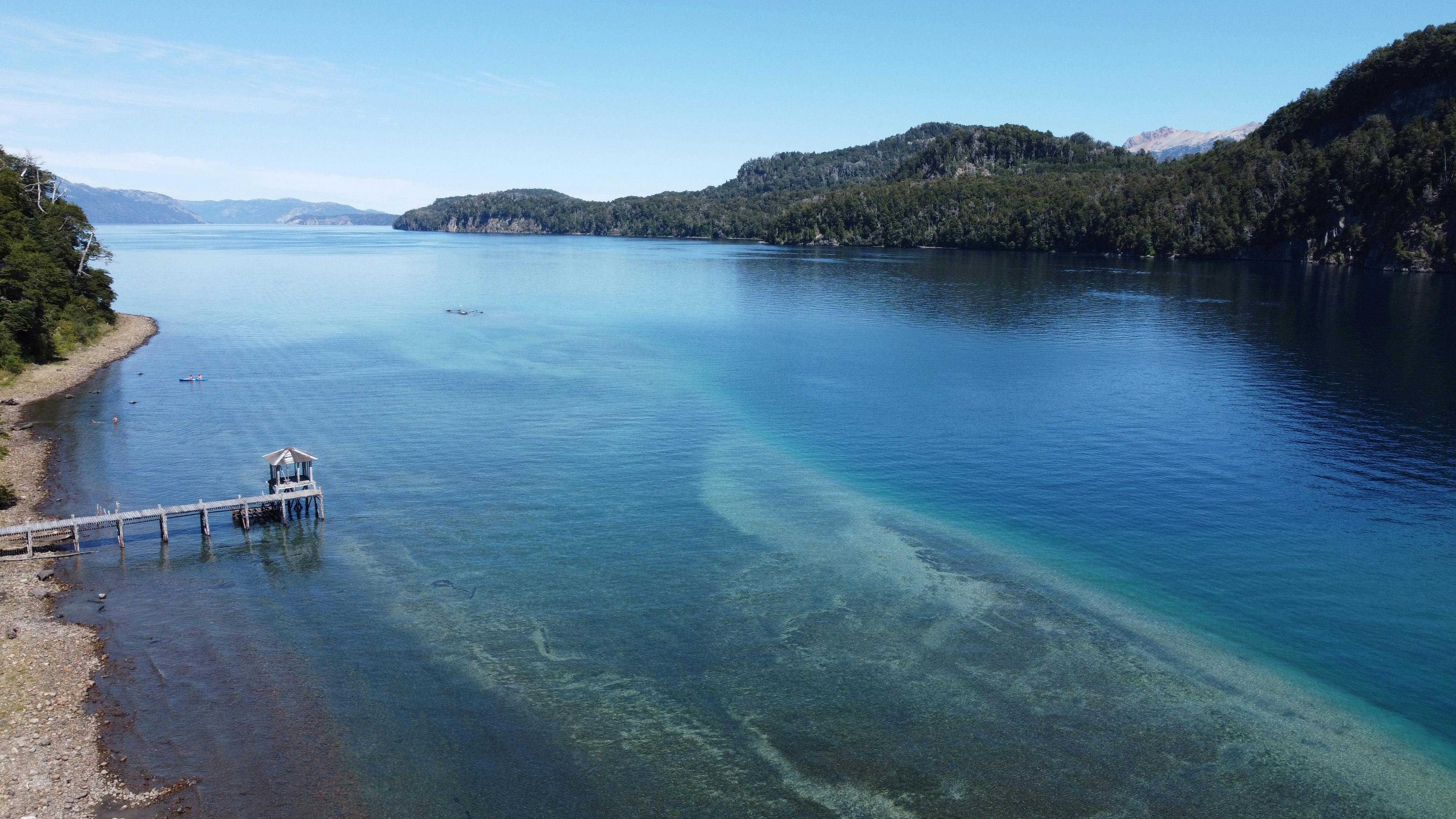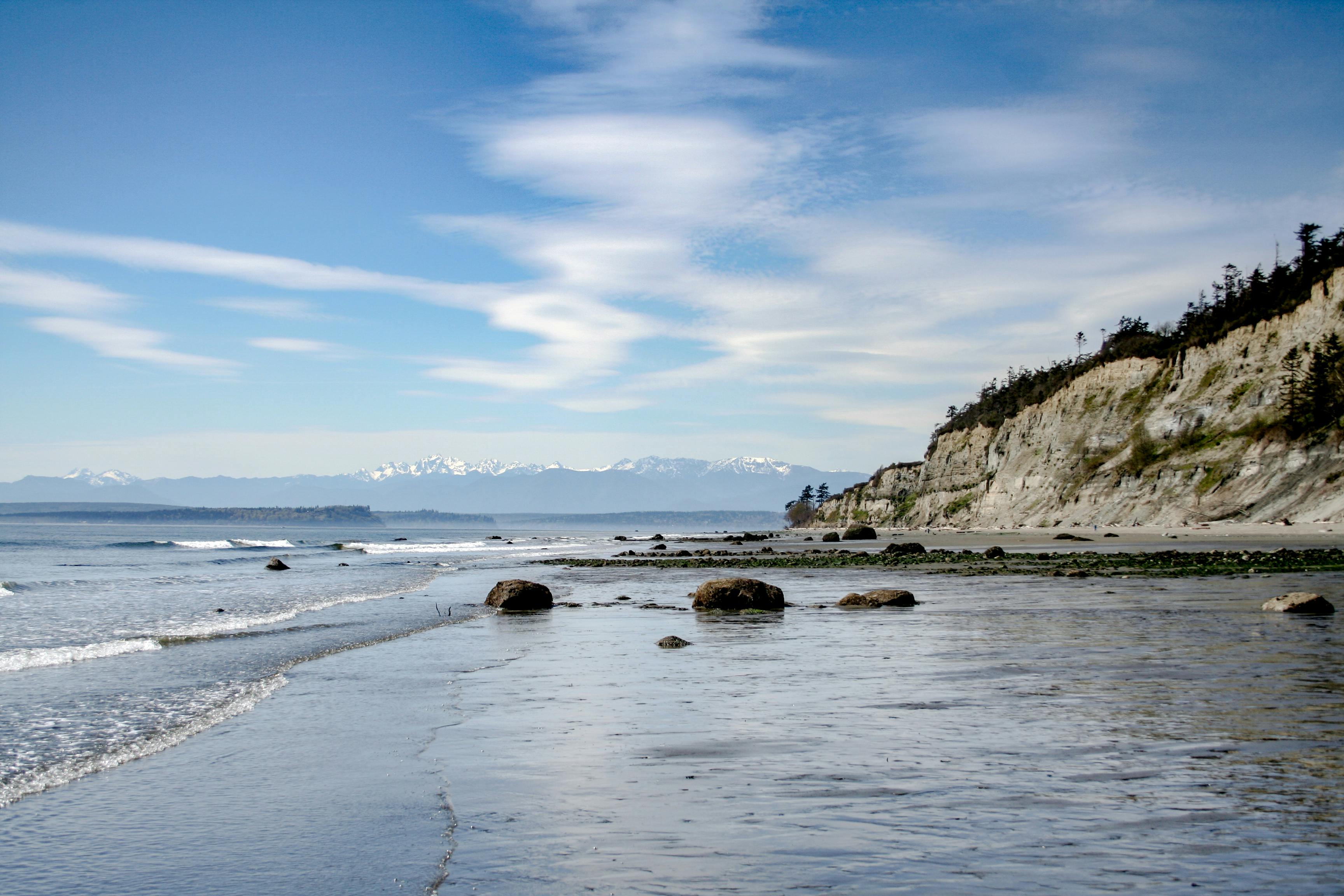Distilling sea water is a process that is used to create drinkable water from salt water. This process removes any unwanted contaminants, as well as salt, from the water. It is a useful technique for those who need access to clean drinking water in areas where fresh water may not be available. In this guide, we will discuss how to distill sea water and provide step-by-step instructions on how to complete the process.To distill sea water, you will need a heat source, a pot or pan, and a condensing container. Begin by boiling the sea water in the pot or pan over the heat source. As it boils, steam will rise from the water and collect at the top of the pot or pan. Place a condensing container above the steam to capture it. As it cools, it will condense into liquid and drip into the container below. This liquid is fresh, distilled water that has been purified from salt and other contaminants found in sea water.
What Is Needed To Distill Sea Water
Distilling sea water is a process of removing salt and other impurities from the water, making it safe to drink. The process of distillation requires a few key components, including a heat source, a container for the sea water, and another container for the distilled water. Heat sources can come from a variety of sources such as solar energy, electricity, or fire. The container for the sea water should be able to resist corrosion and withstand high temperatures. It should also be able to hold enough sea water to fill up the second container with distilled water. The second container should be able to withstand lower temperatures and be able to separate out any impurities from the distilled water.
In order to begin distilling, the sea water needs to be heated up until it starts boiling. As it boils, steam will rise up and move into the second container where it will condense back into liquid form. This liquid is then considered pure drinking water that has had all its salt and other impurities removed via distillation.
Distilling sea water is an effective way of making salt
Step 1: Collect Sea Water
The first step in distilling sea water is to gather the necessary amount of water. This can be done by collecting seawater from a nearby beach, shoreline, or other body of water. Be sure to use a clean container, such as a glass jar or plastic bucket, to store the water for distilling. It is important to note that the quality of your distilled water will depend on the quality of the source material.
Step 2: Filter The Sea Water
Before distilling sea water, it is important to filter it. This can be done by using a fine-mesh sieve or cloth to remove any debris or particulate matter from the source material. This will help ensure that the end result is free of any contaminants and particles that could affect its taste and purity.
Step 3: Heat The Sea Water
The next step in distilling sea water is to heat it up. This can be done by using either a stovetop method or an electric heating element, depending on what materials
Advantages Of Distilling Sea Water
Distilling sea water offers many advantages, including the ability to produce clean, potable water from otherwise unusable sources. Distillation is a process by which salt and other impurities are removed from water through the evaporation and condensation of the liquid. This process has been used for centuries to make drinking water safe, and its use is still widespread today. The main advantages of distilling sea water include:
1) Security: Distilling sea water provides an effective way to ensure safe drinking water in areas where access to clean sources is limited or nonexistent. It can also be used to remove contaminants from industrial waste or contaminated groundwater.
2) Cost-Effectiveness: Distillation is a relatively inexpensive method of purifying water and can be done on site with minimal equipment. This makes it ideal for remote areas or areas with limited access to clean sources of drinking water.
3) Environmentally Friendly: Distillation does not produce any hazardous byproducts or contribute to air pollution, making it an environmentally friendly option for purifying sea water
Advantages of Distilling Sea Water
Distilling sea water is a process that involves boiling sea water at a high temperature until it evaporates, then collecting the vapor and condensing it into liquid form. This process has some advantages, one of which is that it can produce clean water from otherwise contaminated or polluted sources. Distillation removes all of the dissolved solids, minerals, and other contaminants from the water, making it safe to drink. Additionally, distillation often produces a higher quality product than other forms of filtration, as it eliminates bacteria and viruses from the water as well.
Another advantage of distilling sea water is that it can be used in places with limited access to freshwater sources. By producing potable water from the ocean, this method could provide people with access to drinking water in areas where traditional sources are scarce or nonexistent. Finally, this method is relatively inexpensive compared to other methods of purifying seawater for human consumption.
Disadvantages of Distilling Sea Water
One disadvantage of distilling sea water is that it requires a lot of energy to

Pros of Distilling Sea Water
Distilling sea water has several potential benefits. One of the most significant is that it can be used to produce potable water, which can be used for drinking, bathing, and other household needs. Distilled water is also free of contaminants such as salt, bacteria, and other impurities that can make it unsafe to drink. Additionally, the process of distilling sea water can help reduce ocean pollution by removing chemicals and other environmental contaminants from the water. Finally, distillation is a relatively inexpensive way to produce potable water from a plentiful resource.
Cons of Distilling Sea Water
Despite its benefits, there are also some drawbacks to distilling sea water. One potential downside is that it takes a lot of energy to heat and evaporate the water, which makes this process less sustainable in terms of energy usage than other methods for producing potable water. Additionally, distilled sea water lacks essential minerals and nutrients that are naturally found in fresh water sources. Lastly, although distillation helps reduce ocean pollution in some cases, it may also concentrate any remaining contaminants in the processed sea water which could be
Potential Issues With Distilling Sea Water
Distillation of seawater is a potential solution for making it drinkable, however there are some issues that should be considered. Firstly, the distillation process can be quite energy intensive, which could make it difficult to implement on a larger scale without access to reliable and sustainable energy sources. Additionally, distillation does not remove pollutants from the water. Therefore, any contaminants present in the seawater before the process begins will remain in the distilled water after distillation has been completed. This could potentially lead to health risks for those consuming the water. Finally, distillation can leave behind certain minerals and salts that are beneficial for human health. This means that while distilled seawater may be safe to drink, it may lack some of the essential nutrients found in regular tap water or other drinking sources. Therefore, additional measures may need to be taken in order to ensure that all necessary nutrients are present in the distilled water.
In summary, distilling seawater can be an effective way of making it potable, but there are some issues that need to be considered before implementing this solution on a large scale. These include energy requirements, potential contaminants remaining
Safety Tips When Distilling Sea Water
Distilling seawater can be a dangerous process, as it involves heating large amounts of water to boiling point and dispersing the vapors into the atmosphere. It is important to adhere to safety precautions when distilling seawater, as failure to do so can lead to serious injury or even death. Here are some safety tips when distilling seawater:
Use Appropriate Personal Protective Equipment (PPE)
When distilling seawater, it is essential to wear appropriate personal protective equipment (PPE) such as gloves, face masks, eye protection, and other items that offer protection from thermal burns and hazardous vapors.
Keep a Fire Extinguisher Handy
It is important to keep a fire extinguisher nearby in case of any accidental fires. This is especially important when working with large quantities of hot water and flammable materials. Make sure the extinguisher is up-to-date and in good working order before use.
Be Aware of Electrical Hazards
Electrical hazards are common

Conclusion
Distilling sea water is an effective and simple process which can be used to obtain drinkable water from saltwater. This technique works by boiling the saltwater, evaporating the water, and then condensing the vapor into a separate container.
The procedure is simple and straightforward but requires careful attention to detail to ensure it is done safely and effectively. It also requires an adequate source of fuel such as wood, charcoal, or kerosene to provide the heat necessary for boiling.
It is important to understand that although distilling sea water can provide clean potable drinking water, it does not eliminate all bacteria and other contaminants which may be present in the original source of saltwater. Distillation should be followed by further filtration or other treatments such as boiling, UV radiation, or chemical disinfection if necessary in order to ensure that the water is suitable for human consumption.
In conclusion, distilling sea water can provide a relatively simple way to produce safe drinking water from saltwater sources. However, it is important to understand that further treatment may be needed in order to make sure that the resulting water is safe for human consumption

